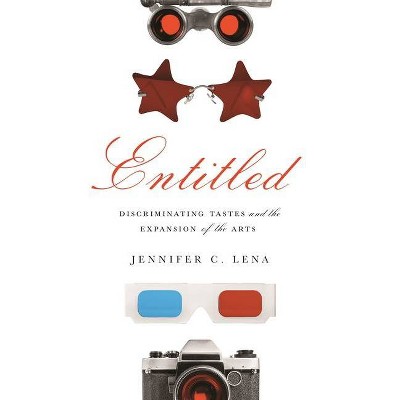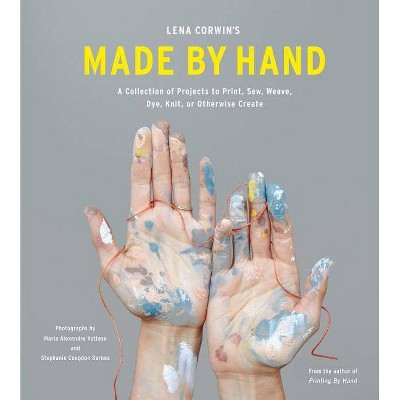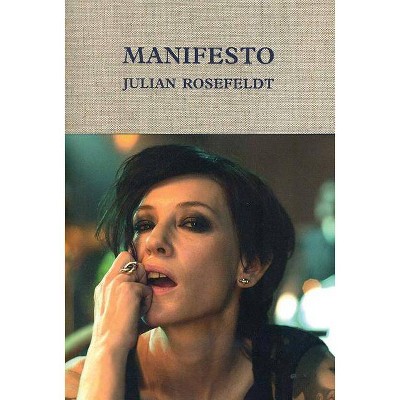Entitled - by Jennifer C Lena (Hardcover)

Similar Products
Products of same category from the store
AllProduct info
<p/><br></br><p><b> About the Book </b></p></br></br>The author presents an in-depth look at how democratic values have widened the American arts scene, even as it remains elite and cosmopolitan.<p/><br></br><p><b> Book Synopsis </b></p></br></br><p><b>An in-depth look at how democratic values have widened the American arts scene, even as it remains elite and cosmopolitan</b> <p/>Two centuries ago, wealthy entrepreneurs founded the American cathedrals of culture--museums, theater companies, and symphony orchestras--to mirror European art. But today's American arts scene has widened to embrace multitudes: photography, design, comics, graffiti, jazz, and many other forms of folk, vernacular, and popular culture. What led to this dramatic expansion? In <i>Entitled</i>, Jennifer Lena shows how organizational transformations in the American art world--amid a shifting political, economic, technological, and social landscape--made such change possible. <p/>By chronicling the development of American art from its earliest days to the present, Lena demonstrates that while the American arts may be more open, they are still unequal. She examines key historical moments, such as the creation of the Museum of Primitive Art and the funneling of federal and state subsidies during the New Deal to support the production and display of culture. Charting the efforts to define American genres, styles, creators, and audiences, Lena looks at the ways democratic values helped legitimate folk, vernacular, and commercial art, which was viewed as nonelite. Yet, even as art lovers have acquired an appreciation for more diverse culture, they carefully select and curate works that reflect their cosmopolitan, elite, and moral tastes.</p><p/><br></br><p><b> Review Quotes </b></p></br></br><br>A critical guide for new directions in the sociology of the arts.<b>---Amanda Koontz, <i>Contemporary Sociology</i></b><br><br><i>Entitled</i><i> </i>[is] an authoritative, eye-opening, and astonishingly detailed look at the power struggle over the boundaries of art, as conducted over approximately the last two centuries of American cultural life.<b>---C. Thi Nguyen, <i>Journal of Aesthetics and Art Criticism</i></b><br><br>[<i>Entitled</i>] traces the almost 200-year-old story of how the objects and performances that educated Americans today consider art came to be 'sacralized' as art. Weaving together historical research with theoretical insights from the sociology of culture, Entitled narrates the transformation in American elite tastes from quasi-European highbrow snobs to omnivorous cosmopolitans<b>---Sergio Cabrera, <i>Social Forces</i></b><br><br>Entitled tackles a fascinating new dimension, exploring how the definition of art in the United States has broadened over time while remaining unmistakably elite. . . . [A] powerful theory of artistic legitimation that brings us to a much deeper understanding of art in the United States.<b>---Raquel Jimenez, <i>Contexts Magazine</i></b><br><br>The book is full of startling nuggets.<b>---Josephine Livingstone, <i>Times Literary Supplement</i></b><br><p/><br></br><p><b> About the Author </b></p></br></br><b>Jennifer C. Lena</b> is associate professor of arts administration and sociology at Columbia University. She is the author of <i>Banding Together: How Communities Create Genres in Popular Music </i>(Princeton). She lives in New York City. Twitter @WITWhat
Price History
Price Archive shows prices from various stores, lets you see history and find the cheapest. There is no actual sale on the website. For all support, inquiry and suggestion messagescommunication@pricearchive.us




















